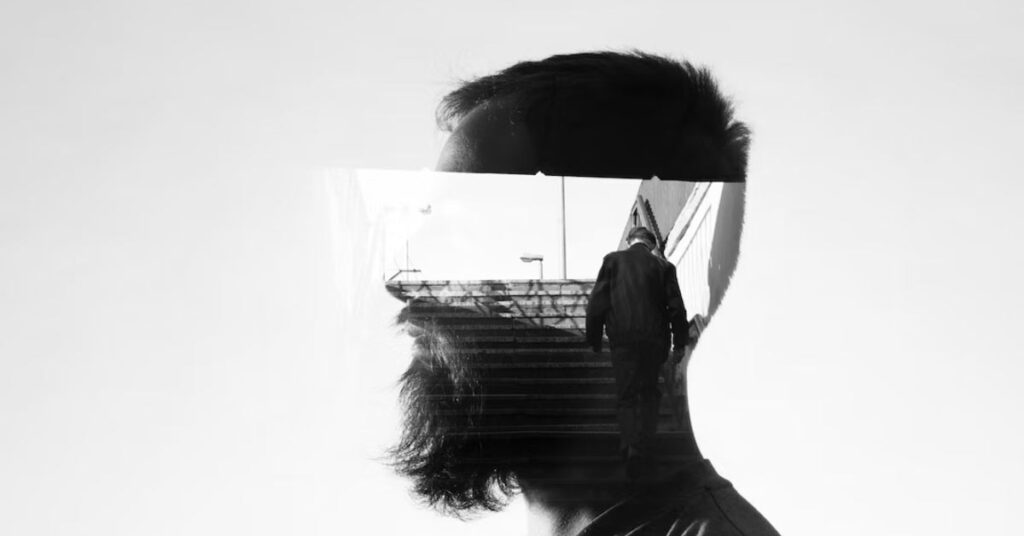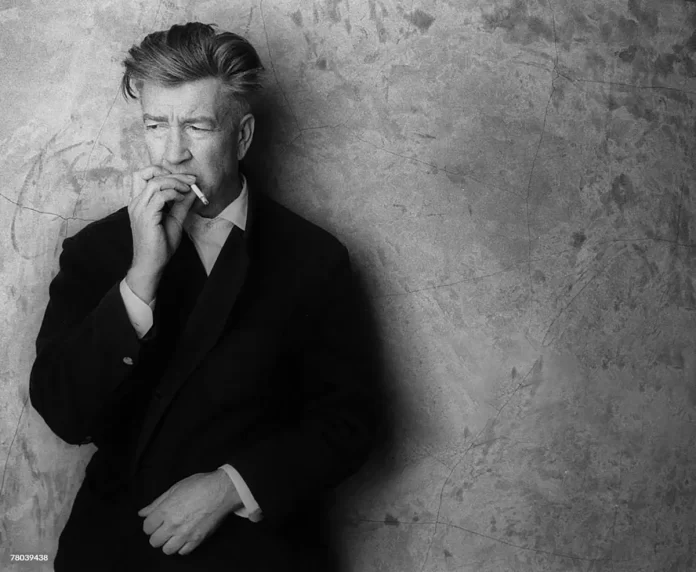David Lynch: Art of storytelling – Blog on Culture & Social History
Filmmaking technique of David Lynch is so distinctive in the cinema industry. David Lynch‘s as a filmmaker is a well known for his style of combining abstract visuals and nonsensical plots to convey genuine ideas in the form of cinema.
David Lynch’s Unique Vision
Serious film viewers have always paid attention to film directors who delivered good films and became popular as mega-opening filmmakers. Avoiding the pattern, David Lynch is one such director who is adamant about his authorial vision. He wrote and directed legendary masterpieces, which become the topic of discussion for upcoming filmmakers. Lynch’s filming approach is so distinct that critics label as “Lynchian.”
Enigmatic World of David Lynch’s Films:
There is contrary to popular belief that Lynch’s distinct directional style is inspired by surrealism and abstract expressionism. While his intentional style of filmmaking and shot taking may confuse at first, but when you look deep into his realism, it provides deeper insights human behaviour.
| Movie | Year |
| Eraserhead | 1977 |
| Blue Velvet | 1986 |
| Mulholland Drive | 2001 |
| The Elephant Man | 1980 |
| Twin Peaks: Fire Walk with Me | 1992 |

David Lynch’s Artistic Journey and Influence in Film
He is known for his unique narrative style in the realm of art rather than commercial cinema. Lynch studies at the Pennsylvania Academy of Fine Arts, with an early affinity for sketching. He roamed across Europe, where he intended to study under the tutelage of Oskar Kokoschka, a well-known Austrian painter. Despite the failure in painting, he remained devoted to his work and returned to the United States with the goal of becoming a filmmaker.
An Artistic Fusion on the Silver Screen
Lynch’s films are a mash-up of aesthetic movements, it includes Surrealism, Expressionism, and Impressionism. His filmmaking style ignores the literal depiction of abstraction. Common stories from our surroundings tinged with ideas and emotions become the hero of his films. The present mix of calm stances and dramatic faces in Lynch’s films originated a new norm in filmmaking, the Lynchian style.
A Harmonious Blend of Painting in Filmmaking
David Lynch illustrates the seamless combination of his enthusiasm for painting and his important role as a filmmaker via his creative journey and careful inclusion. Getting inspired by paintings, he fills his films with a language of visuals that challenges traditional storytelling—capturing the cryptic and evocative essence that marks his own style of filmmaking.
The Power of Emotion in Art
Paintings and films uncertainly subordinate the feelings of the viewers. Because emotion connects on a deeper level than logic, artists do not need to explain their work in order for viewers to grasp it. According to David Lynch, “When an audience watches a film at the time they are the on self-explanatory mode, they don’t listen to their intuition, not all viewers prefer self-explanatory narrative over-abstraction”.
By the use of abstract storytelling, David Lynch’s films achieve a deeper purpose—to examine true human conflicts. Behind each unusual façade is a shockingly relevant story, like staring into the depths of an intense nightmare to absorb true struggles and feelings.
Beyond the realms of meaning and emotional connection, David Lynch infuses mystery into his work on purpose. In Twin Peaks’ ethereal woodland environment, characterized as “magical” by Zanzie, who matches Lynch’s background in the woods, the mystery is more than just a plot device. It is an integral aspect of the aesthetic.
The Lynchian Touch
From Quentin Tarantino’s Pulp Fiction movie, such as the inexplicable film. which has the essence of Lynch’s filming style. The film pulp fiction is purposefully banal talks like foot massage treatments, pork bellies, and TV pilots, intermingled with stylized violence, demonstrating Lynch’s impact on Tarantino’s directing approach. Lynch is credited with pioneering the peculiar combination of spooky and comedic stylization that distinguishes such works.
Embracing the mysterious and rejecting conventional answers becomes a characteristic of Lynch’s artistic vision in the arena of his works. It transcends narrative bounds and transports spectators to a mesmerizing realm where enigma and ambiguity are prized components, urging us to delve into the depths of our imaginations and be open to new and innovative storytelling ways.
Where Macabre Meets Mundane
In Lynch’s film Blue Velvet, the definition finds its most vivid illustrations. The story follows a college student who returns to his hometown to care for his ailing father to uncover a dark underbelly lurking beneath the seemingly idyllic American suburb.
In this film “Lynchian” refers to a distinct type of irony in which the horribly shows the macabre’s permanent presence inside the every day. This concept is most vividly illustrated in David Lynch’s masterpiece, Blue Velvet. The plot revolves around a student in college who goes home to care for his father, only to discover a terrible underbelly lying underneath the ideal American neighborhood.
A Fusion ‘of the Peculiar and the Profound
Lynch’s mastery is in his capacity to juxtaposition the frightening with the familiar, resulting in a dense artwork of emotions and meanings. In his works, the confluence of the spooky and the commonplace reveals hidden depths inside ordinary events, questioning our views of reality and uncovering the complex nature of human life. Lynch challenges us to explore the undiscovered corners of the human psyche and face the creepy appeal of the daily world by embracing the contradictory character of his narrative. Explore Blogs on Culture & Social History by Outre.

